Are you considering proposing a telecommuting work arrangement to your employer? Making the case for remote work can feel daunting, but with the right approach, you can present a compelling argument. By highlighting the benefits of increased productivity, better work-life balance, and potentially reduced overhead costs, you can demonstrate how telecommuting can be advantageous for both you and the company. Ready to craft the perfect proposal? Keep reading for a step-by-step guide!

Clear purpose statement
A telecommuting work arrangement offers numerous benefits for both employees and employers, enhancing productivity and job satisfaction. Research indicates that remote workers often experience a 20-25% increase in efficiency, translating to significant gains for companies. This arrangement can reduce overhead costs, including office space and utility expenses, while allowing employees the flexibility to manage their time and work environment. Data from various studies highlight lower stress levels and improved work-life balance in telecommuting scenarios, often leading to lower turnover rates. Embracing this modern approach can position organizations as attractive employers, aiding in talent retention and recruitment.
Detailed telecommuting plan
Telecommuting work arrangements can greatly enhance employee productivity and satisfaction. A well-structured telecommuting plan often includes several key components. First, the work schedule should outline the specific days and hours employees will be working remotely. This flexibility allows for better work-life balance. Secondly, the communication strategy must detail the tools and platforms used for collaboration, such as Zoom for video conferencing and Slack for instant messaging. Regular check-ins can help maintain engagement and accountability. Thirdly, the performance metrics should be clearly defined to evaluate productivity, ensuring that goals and objectives are still met. Finally, technology support must be addressed, including providing necessary equipment like laptops, software access, and IT assistance. This comprehensive approach can reinforce the benefits of telecommuting, fostering a positive remote working environment.
Impact on productivity and performance
Telecommuting work arrangements significantly influence employee productivity and overall performance. Studies indicate that remote workers often report a productivity increase of up to 25%, attributed to reduced commuting time and a customized work environment. For instance, a survey conducted by Gartner in 2021 revealed that 74% of organizations planned to allow remote work permanently due to its positive impact on employee satisfaction. Additionally, companies like Twitter (with a workforce of approximately 7,000) have observed lower operational costs and increased efficiency by adopting flexible work-from-home policies. Furthermore, telecommuting can lead to a better work-life balance, enhancing morale and reducing turnover rates, which ultimately benefits the organization's bottom line.
Communication and reporting structure
Proposing a telecommuting work arrangement offers a streamlined communication and reporting structure that enhances productivity. Utilizing digital tools such as Slack (for instant messaging) and Zoom (for video conferencing), team members can maintain continuous contact regardless of location. Daily check-ins may occur via scheduled video calls, ensuring clarity in project status while promoting collaboration. Reporting can transition to weekly updates submitted through project management software like Asana or Trello, which track progress and deadlines transparently. Clear expectations and protocols will facilitate accountability, ensuring timely responses and support, while fostering a productive remote work environment.
Review and evaluation process
Telecommuting work arrangements can significantly enhance employee productivity and job satisfaction. Many studies, including one by Stanford University in 2020, indicated a 13% increase in productivity among remote workers compared to their in-office counterparts. The review process involves assessing individual performance metrics, collaborating on project outcomes, and gathering feedback through surveys. Evaluation should occur quarterly to ensure alignment with company goals, focusing on communication effectiveness and task completion rates. Additionally, evaluating remote work success includes monitoring engagement levels using tools such as Microsoft Teams and Slack, which facilitate real-time collaboration and team interaction. Regular check-ins and performance reviews are essential for maintaining clarity on job expectations and ensuring accountability within telecommuting arrangements.

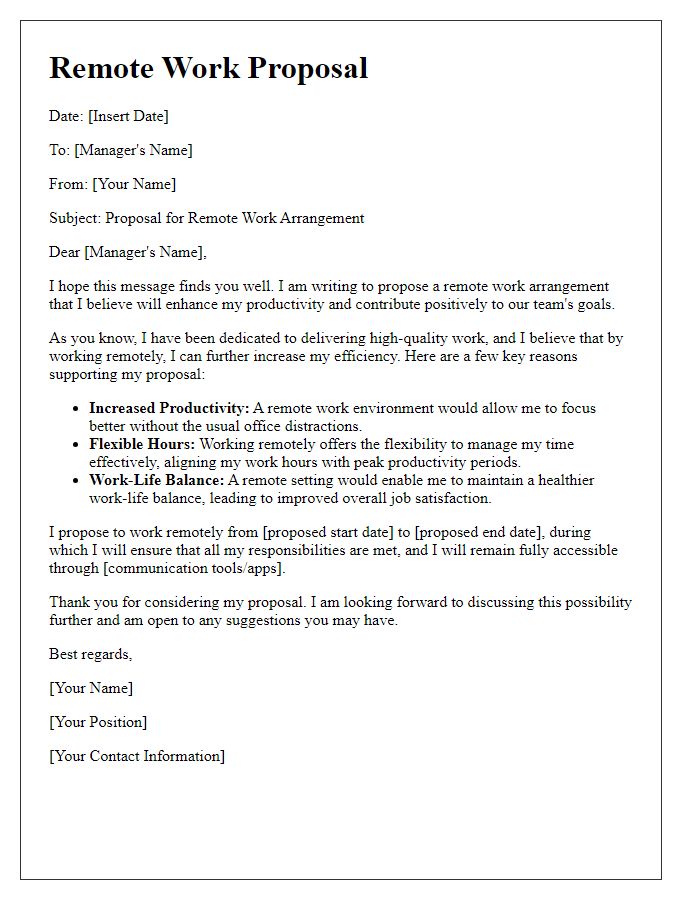
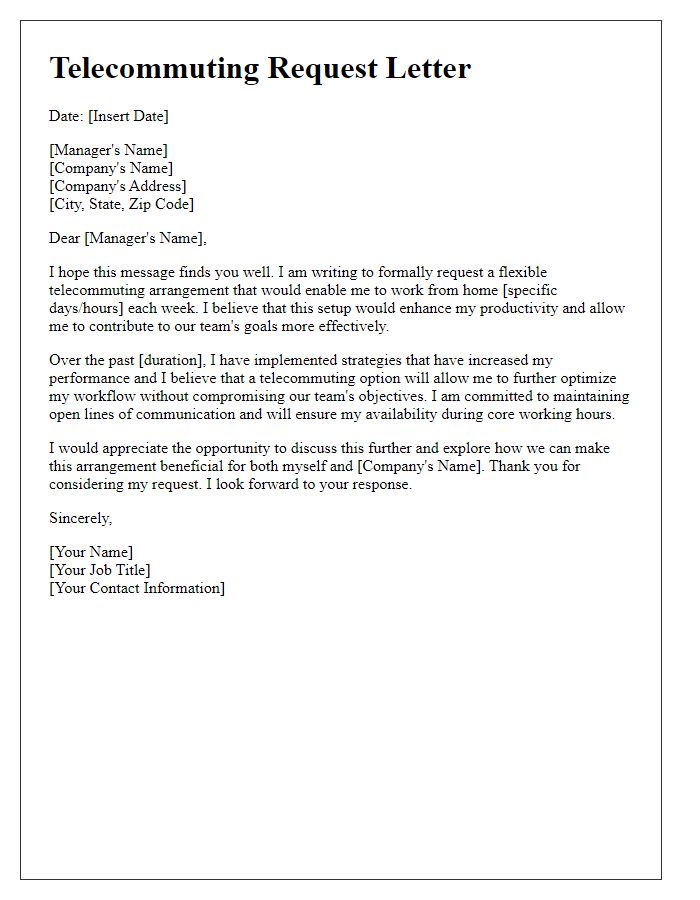
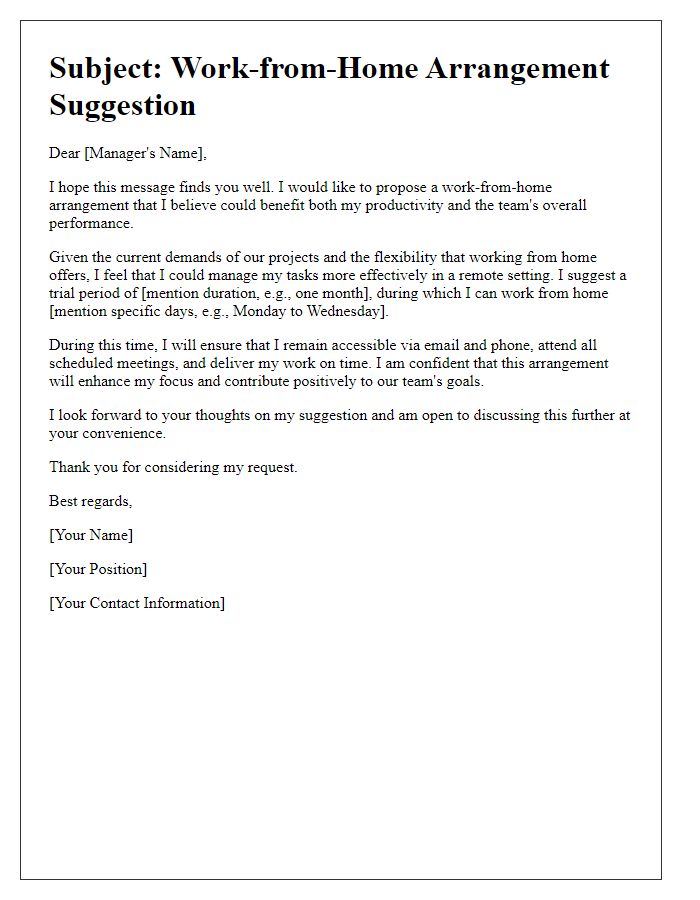
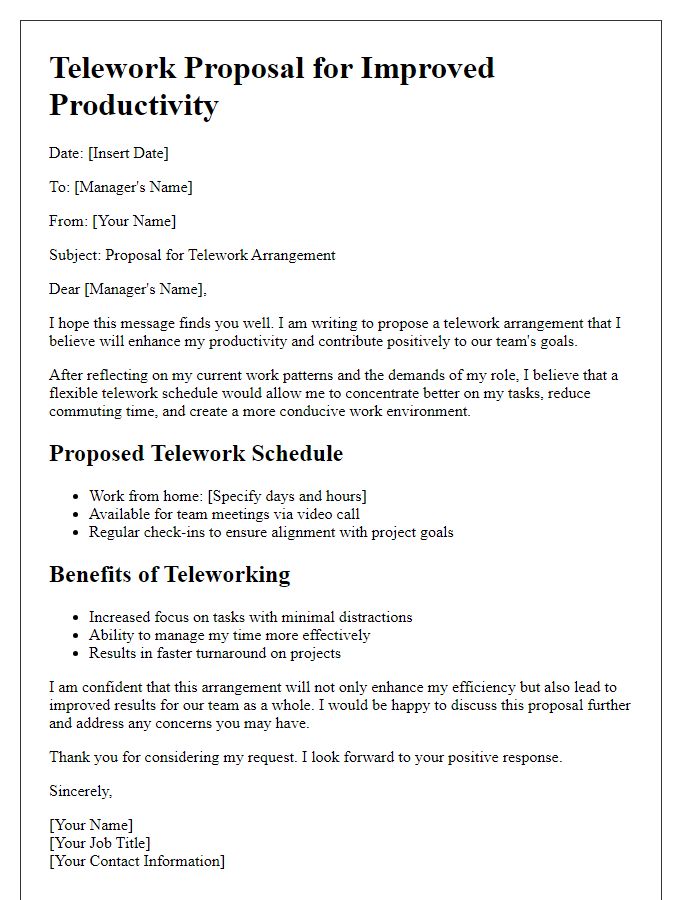
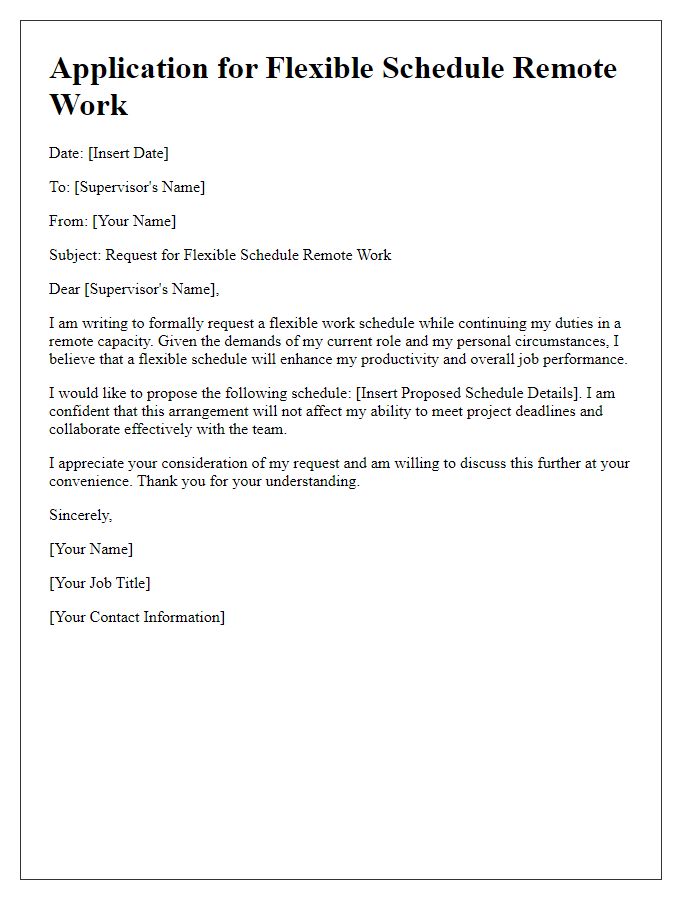
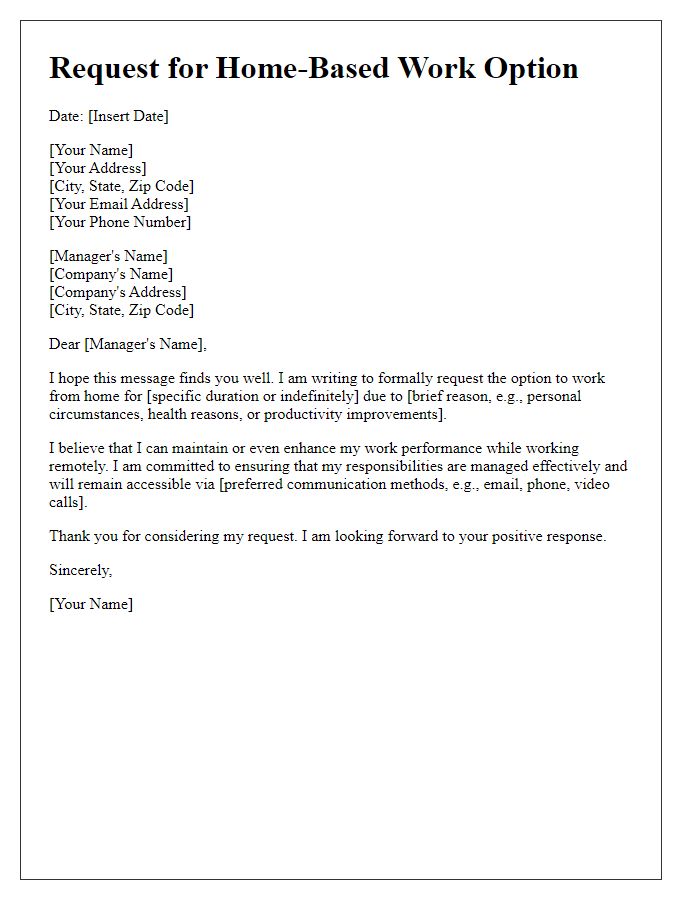
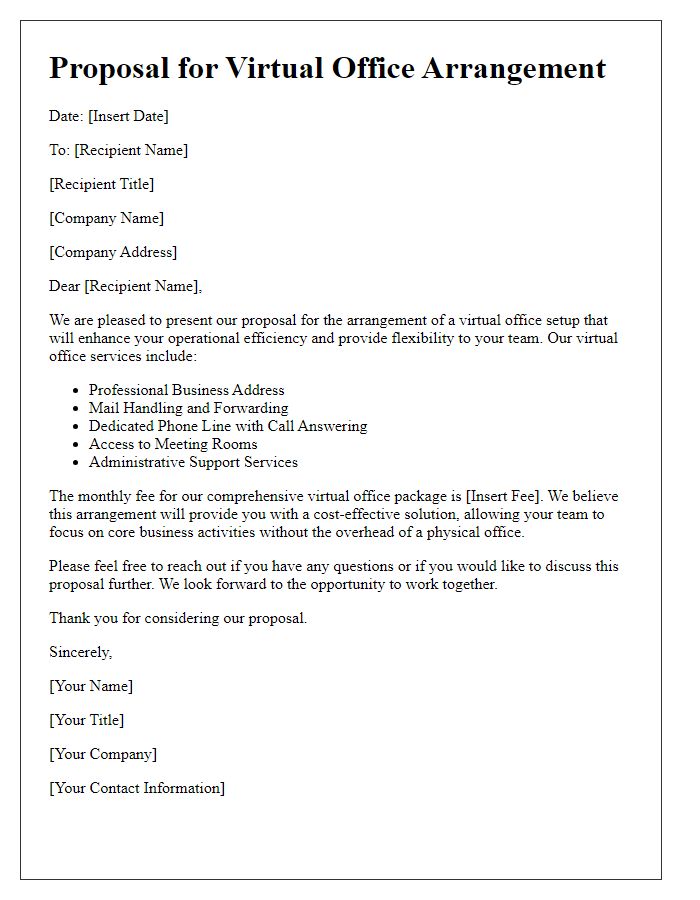
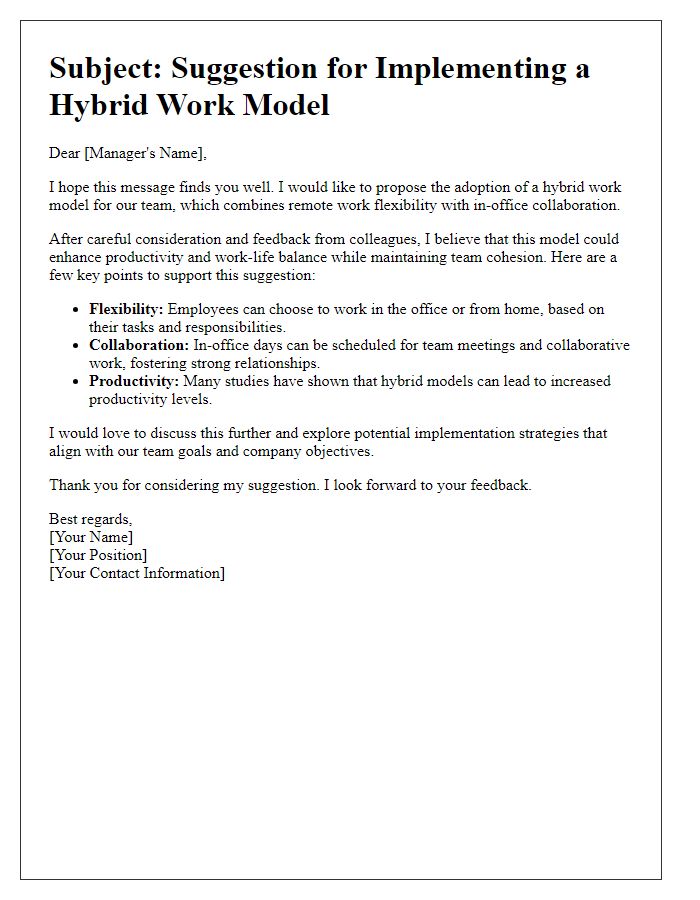
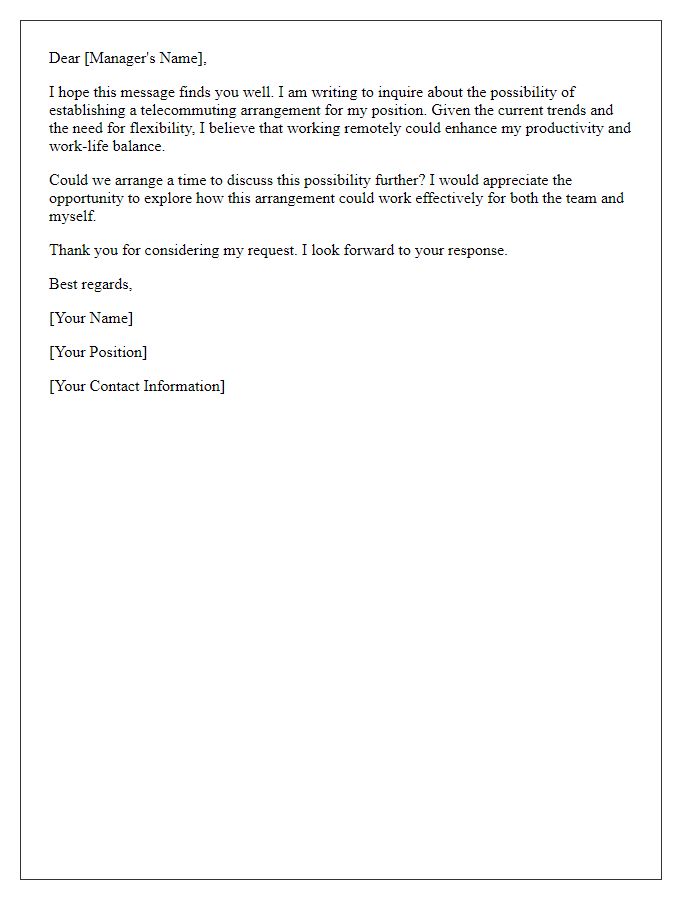
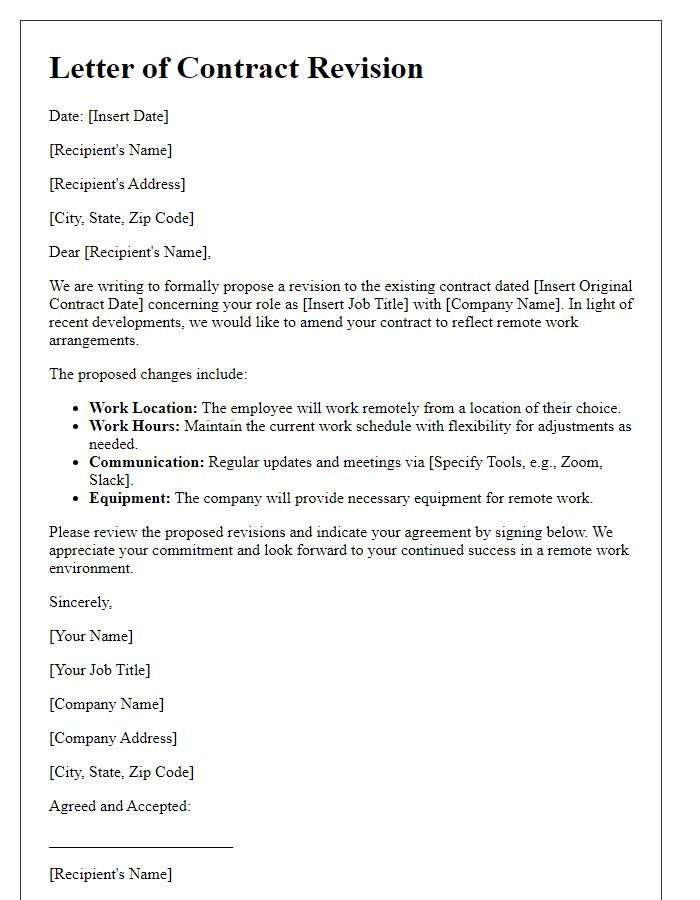


Comments